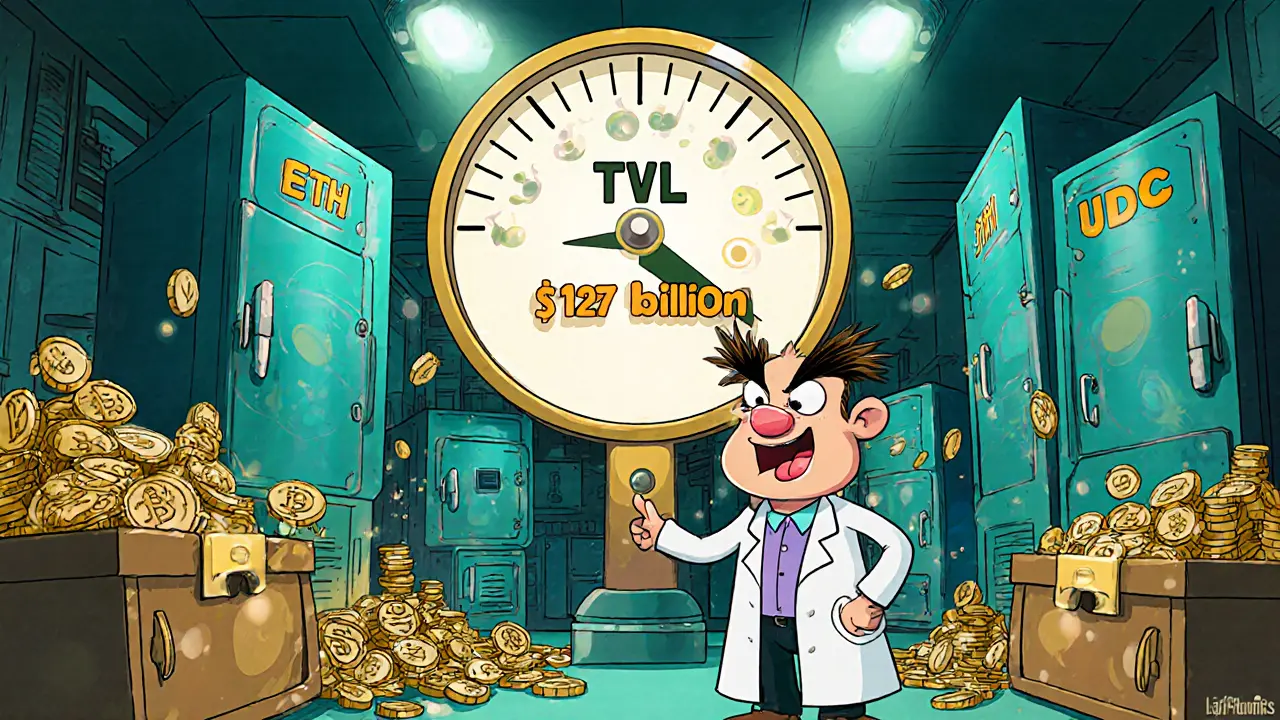Total Value Locked (TVL): The Pulse of DeFi Markets
When you hear about Total Value Locked (TVL), the dollar value of assets secured inside a DeFi protocol or a set of smart contracts. Also known as DeFi TVL, it serves as a quick health check for the ecosystem. total value locked tells you how much capital users trust enough to lock up, and that trust often translates into deeper liquidity and stronger network effects. The concept sits inside a bigger picture: it encompasses DeFi Protocols, applications that let users lend, borrow, trade, or earn yield without a central intermediary, it requires Liquidity Pools, collections of tokens that power automated market makers and other price‑discovery mechanisms, and it influences Crypto Market Capitalization, the total market value of all circulating cryptocurrencies. In plain terms, a rising TVL usually means more users are staking or providing assets, which can signal confidence and potential upside for token holders.
Key Concepts Behind TVL
Understanding TVL isn’t just about memorizing a number; it’s about seeing how that number interacts with other metrics. First, TVL is calculated by converting every locked asset to a common currency, usually USD, using the latest market price. That means a protocol that locks $200 M in ETH and $50 M in stablecoins will report $250 M TVL. Second, TVL can be broken down by asset class – for example, how much is in stablecoins versus volatile tokens – giving you a sense of risk exposure. Third, the growth rate of TVL matters more than the raw figure because it shows whether users are adding new capital or just moving existing funds around. Finally, TVL should be compared with a protocol’s Revenue or Yield to gauge efficiency; a high TVL with low returns might indicate over‑collateralization, while a modest TVL with strong yields could point to a niche but profitable use case.
Below you’ll find a curated mix of articles that dive deeper into these ideas. We cover everything from how fast finality affects TVL reliability, to specific protocol reviews that show TVL in action, and even regulatory angles that could reshape how TVL is reported. Whether you’re a trader looking for the next high‑TVL opportunity, a developer building a new liquidity pool, or just curious about what the TVL number really tells you, the posts ahead give you concrete data, practical tips, and a clear view of the current DeFi landscape. Let’s explore the numbers together and see how they shape the market you’re watching.

